A river is defined as a freshwater body that naturally moves from high elevation to low elevation and eventually flows into an ocean, lake, ocean, or other river. Of the many long rivers located on different continents of the planet, it is very difficult to accurately determine the longest river in the world. Most of us believe that the Nile is the longest, but some scientists claim that the Amazon is the longest of all rivers. A 2009 peer-reviewed article published in Digital Earth’s International Journal cleared the confusion and declared the Nile the longest river in the world. The article below takes a look at the 10 longest rivers in the world.
read also: Best Smile Quotes
1. Nile River : 6650km
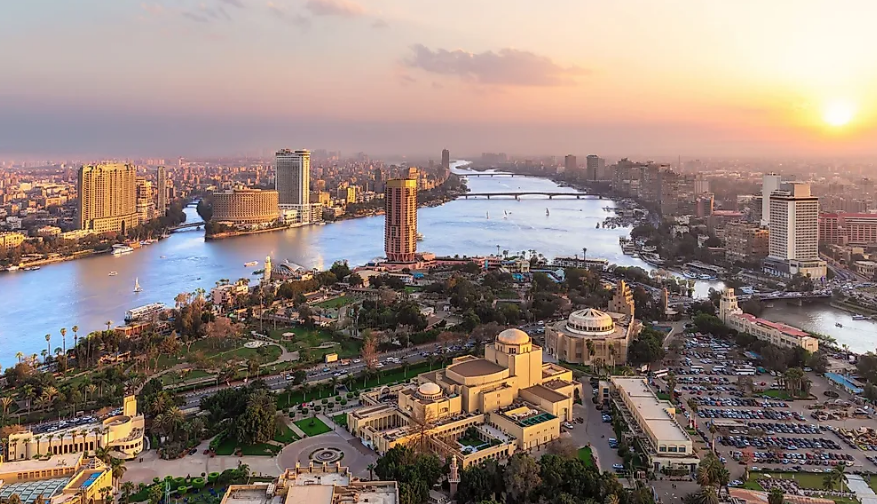
Also known as the “Father of the African River”, the 6650 km long Nile is considered the longest river in the world and the longest river on the African continent. The Nile is formed by the confluence of two main tributaries, the White Nile and the Blue Nile. The two tributaries of the Nile meet in Khartoum, the capital of Sudan.
The first part of the Nile from Khartoum flows about 1380 km into Lake Nasser, and the second part goes through 5 rapids for about 80 km to reach the final rapids. The Nile eventually enters the plains north of Cairo, splits into two separate tributaries, and eventually flows into the Mediterranean Sea. The Nile Basin covers an area of about 3,349,000 square kilometers. km includes parts of 11 African countries such as Burundi, Democratic Republic of Congo, Egypt, Eritrea, Ethiopia, Kenya, Rwanda, Republic of Sudan, South Sudan, Tanzania and Uganda.
read also: Classy Status
2. Amazon River : 6400km
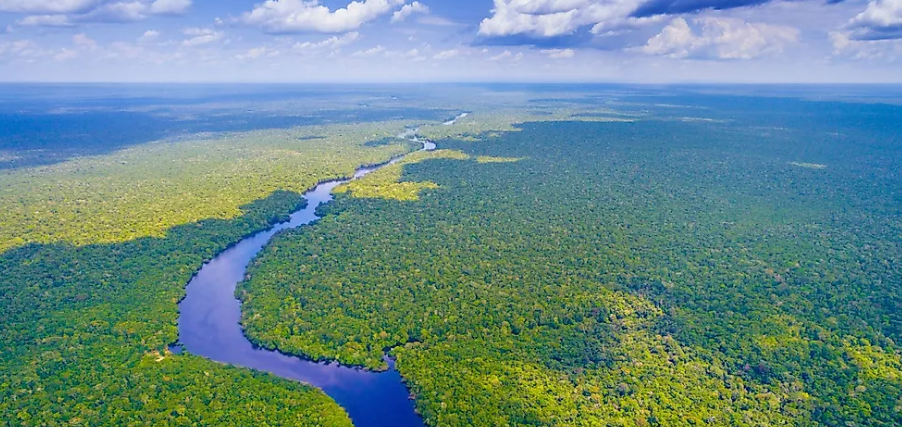
At 6,400 km long, the Amazon River flows through about 40% of the South American continent and is considered the second longest river in the world and the largest river in South America. It also has an average flow rate of about 209,103 cubic meters per second, making it the largest river in the world in terms of flow.
According to a 2014 peer-reviewed publication, the source of the Amazon River is believed to be the source of the Mantaro River, which originates in Peru’s Rumi Cruz Cordillera. The waters of the Mantaro River then merge with the waters of the Apurimak River and join with many other tributaries downstream to form the Ukayali River. The Ucayali River then flows into the Maranon River, forming the main stream of the Amazon River. The Amazon River finally flows into the Atlantic Ocean near the city of Velen in Brazil. The Amazon Basin covers an area of about 7,050,000 km², and the entire basin includes South American countries such as Bolivia, Brazil, Colombia, Ecuador, Peru, Guyana, and Venezuela.
read also: Unique Quotes
3. Yangtze River : 6300km
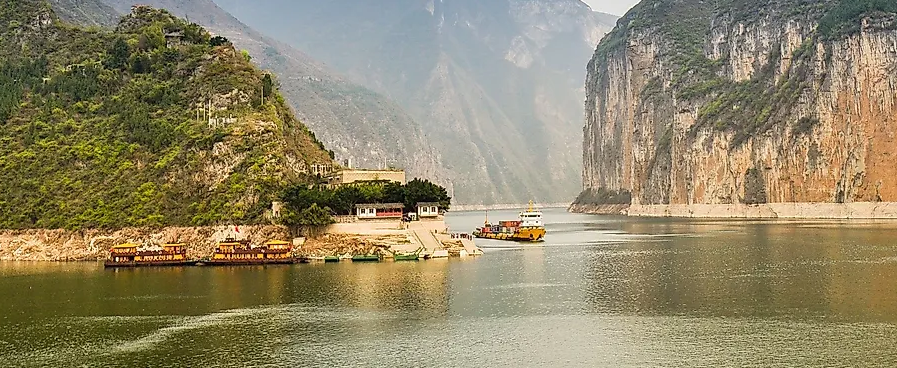
The Yangtze River is 6300 km long, penetrating about a fifth of China’s territory, and is considered the third longest river in the world and the longest river in the People’s Republic of China and mainland Asia. The majestic Yangtze River originates from the Yari Hills, located 5710 meters above sea level in the Tangula Mountains.
More than 700 tributaries, considered the world’s longest rivers flowing completely within the borders of China, flow along the course into the Yangtze River. It eventually flows into the East China Sea near the city of Shanghai. The Yangtze River Basin covers an area of about 1,808,500 m². km is the 7th largest river in the world in terms of flow with an average flow of 30,166 cubic meters per second. The Yangtze River passes through 11 provinces in China: Anhui, Chongqing, Hunan, Hubei, Jiangsu, Jiangxi, Qinghai, Sichuan, Shanghai, Tibet, and Yunnan.
read also: Best Honeymoon Destinations
4. Mississippi/Missouri River : 6275km
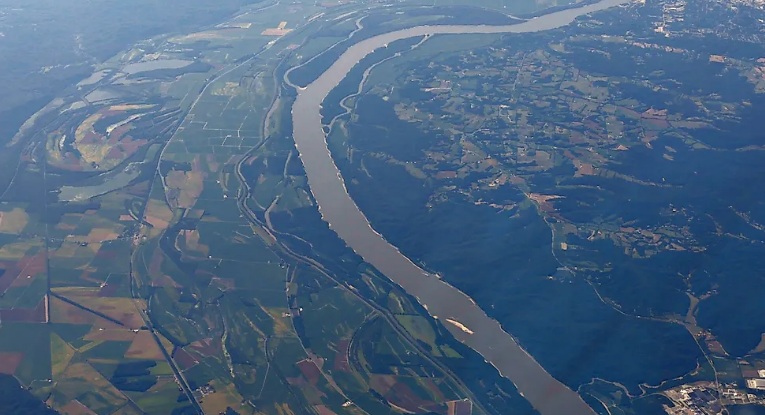
The Mississippi-Missouri-Jefferson river system is considered the fourth longest river in the world. The second longest river in North America, the Mississippi River stretches 3,770 kilometers from its source, Lake Itasca, to the Mississippi Delta in the Gulf of Mexico.
The longest river in North America is the Missouri River, measuring 3767 kilometers from its source in the Rocky Mountains to its confluence with the lower Mississippi River. The Mississippi-Missouri-Jefferson River system drains 32 US states and 2 Canadian provinces.
read also: Good Morning Quotes
5. Yenisey-Angara-Selenga River : 5539km
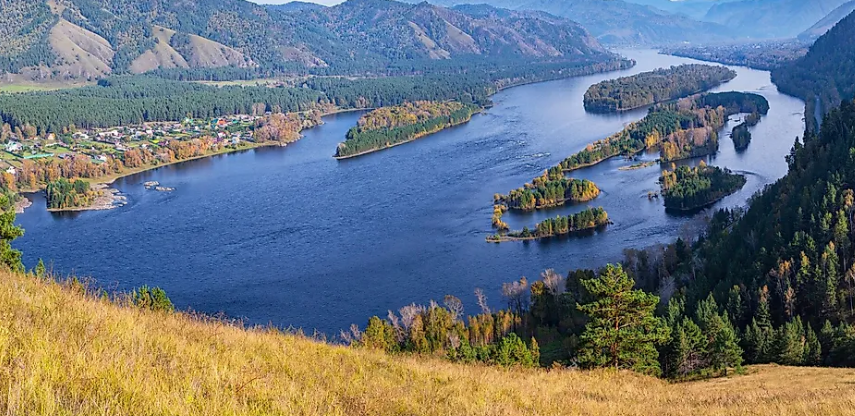
The Yenisei-Angara-Selenga river system is considered the fifth longest river in the world and the largest river flowing into the Arctic Ocean. The 992 km long Selenga River is the source of the Yenisei-Angara River and flows into Lake Baikal.
The upstream tributary of the Yenisei, Angara, flows into Lake Baikal near the urban settlement of Listvyanka and then flows north through the Russian city of Irkutsk region, from Strelka to Yeni. It joins the Yenisei River. The Yenisei River originates in Mungaraggol, Mongolia, flows north through most of Siberia, then flows through the Yenisei Gulf into the Kara Sea in the Arctic Ocean.
read also: Clever Status
6. Yellow River : 5464km
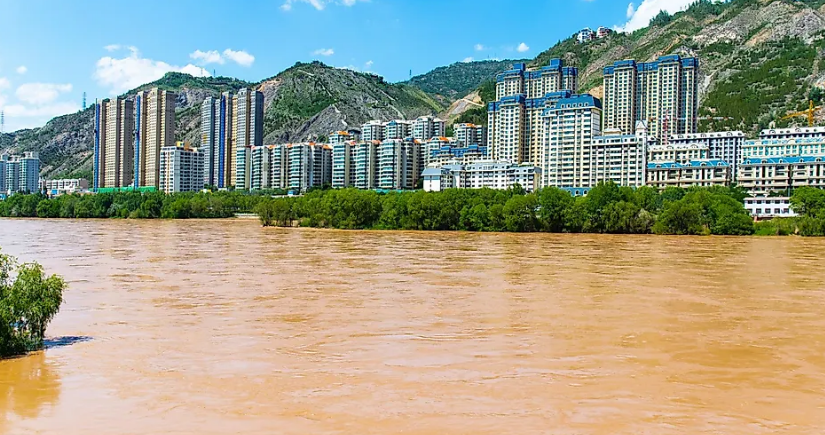
The Yellow River, also called the Yellow River, is 5,464 km long, making it the sixth longest river in the world and the second longest river in China. The Yellow River originates in the Bayan Khar Mountains near the eastern end of the Yushu Tibet Autonomous Region in Qinghai Province.
It then flows across the vast plains of northern China into Bohai Bay. The Yellow River Basin covers an area of 752,546 square kilometers in seven provinces and two autonomous regions of China. The average flow of the Yellow River is 2571 cubic meters per second.
read also: Best Video Games
7. Ob-Irtysh River : 5410km
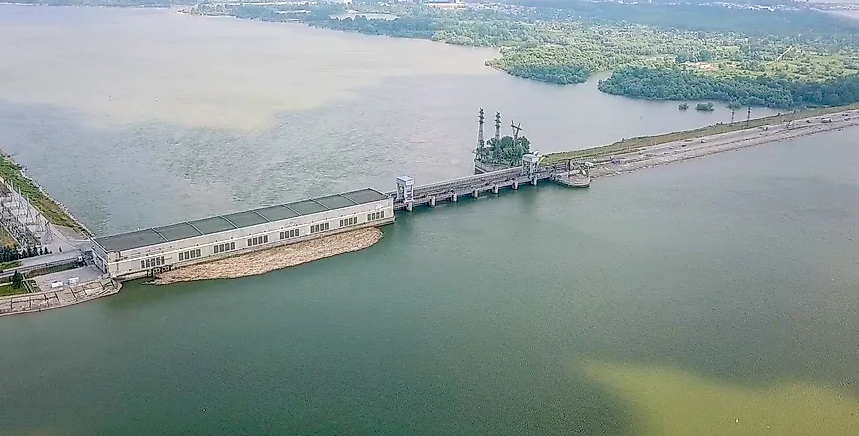
The Ob-Irtysh river system is considered the seventh longest river in the world. The Orb originates at the confluence of the Villa and Katun rivers in the Altai Mountains. At about 69 ° longitude, the great river Irtysh joins Orba.
The river eventually flows through the Bay of Ob into the Kara Sea in the Arctic Ocean. The combined system of Ob-Irtysh steel is drained over an area of 2,990,000 m². km.
read also: Happy Birthday Quotes
8. Rio de La Plata-Parana-Rio Grande River : 4880km
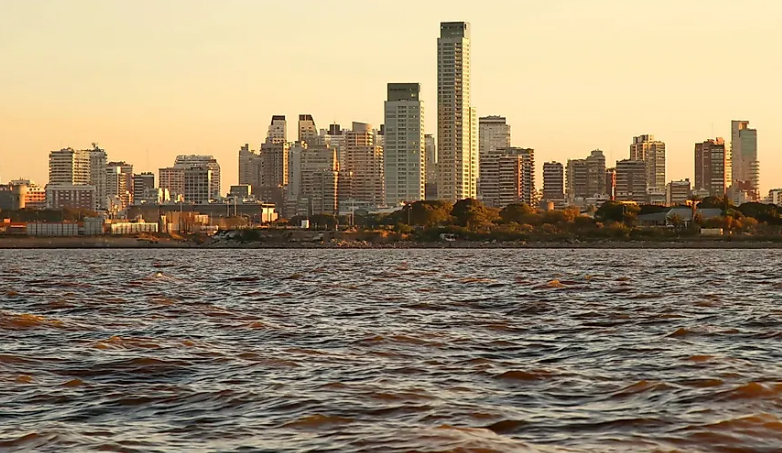
The Rio de la Plata-Parana-Rio Grande river system is considered the eighth longest river in the world. The Parana River originates at the confluence of Rio Grande and Paranaiba in southern Brazil.
It then joins the Paraguay and Uruguay rivers to form the Río de la Plata and eventually flows into the Atlantic Ocean. The Rio de la Plata-Parana-Rio Grande river system drains an area of 2,582,672 square kilometers.
read also: Angry Status
9. Congo-Chambeshi River System : 4700km
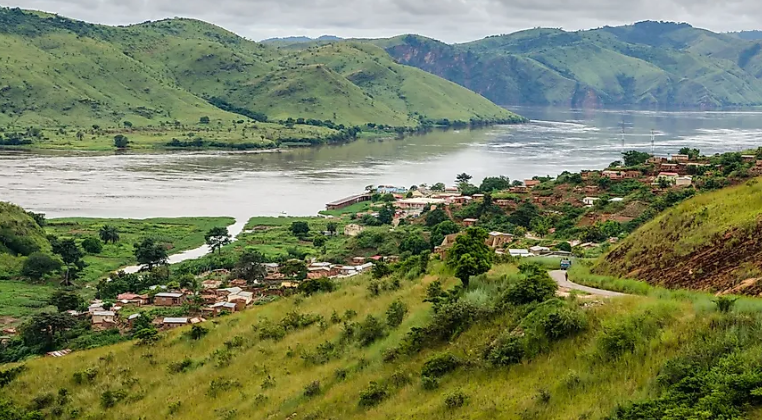
The Congo-Chambeshi river system is considered the ninth longest river in the world. The Congo River is the second longest river in Africa and the second longest in the world. The farthest source of the Congo River, the Chambesi River originates in a mountain 1760 m above sea level near Lake Tanganyika.
The river then flows into the Bangweulu Swamp and flows into the Luapula River. The Chambesi River is actually a tributary of the 1,800 km long Rualava River and is the largest source of the Congo River by volume. The Congo Basin covers an area of 4,000,000 square kilometers and covers about 13% of the total African continent, including Angola, Burundi, Cameroon, Central African Republic, Democratic Republic of Congo, Republic of Congo, Rwanda, Tanzania and Zambia.
read also: Best Motivational Speakers
Must Read:-
- Wonderful 10 Best Honeymoon Destinations in India
- Famous 10 Best Motivational Speakers in the World
- Fantastic 10 Best Bikes in India
- Famous Top 10 Richest Persons in India
10. Amur River : 4444km
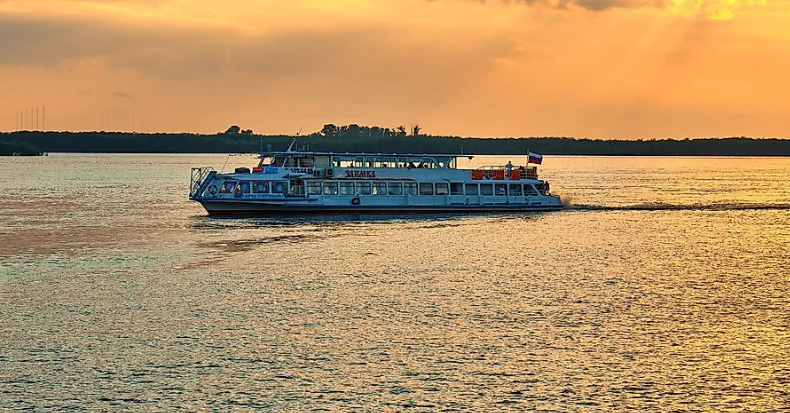
The Amur-Argun-Kherlen river system is considered the tenth longest river in the world. The 2,824 km long Amur River, also called Heilongjiang, originates at the confluence of the Argun and Silka rivers in northeast China. The river forms the border between southeastern Siberia and northeastern China.
The Amur River drains an area of 1,855,000 sq. km and the average flow rate is 11,400 cubic meters per second. Together with the Amur River, the 1,620 km long Argun River forms part of the eastern border between China and Russia. Originating on the southern slopes of the Khentii Mountains, the 1254 km long Kherlen River flows eastward and eventually flows into Lake Khulun and eventually into the Argun River.